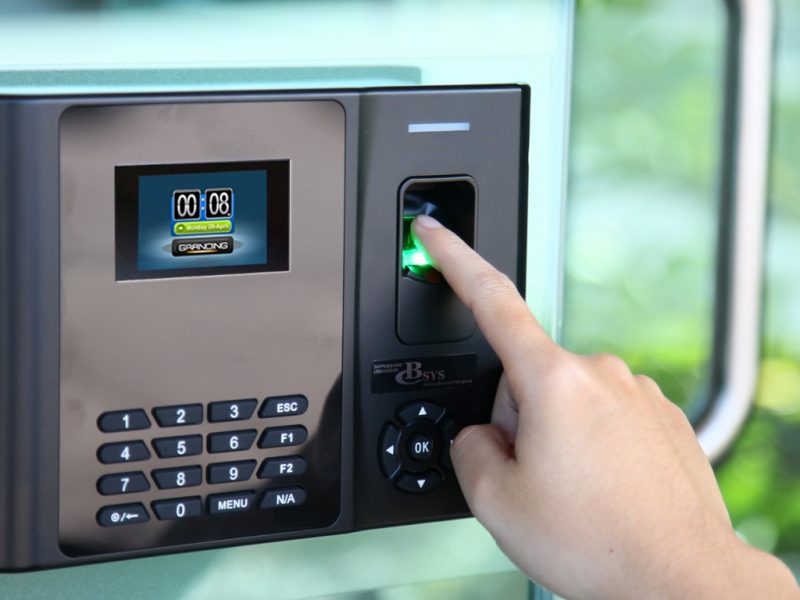
You may have heard about Rule-based and Discretionary access control systems. These are two types of systems that let you decide who can access certain parts of your system based on specific rules. If you are looking for a simpler method, you can use role-based access control. This type of system lets you set permissions for specific users based on their roles.
Rules-based access control:
It services abu dhabi use rules and attributes to determine whether a user has access to a specific area. These rules are evaluated in real-time and based on the user’s history can determine whether they are allowed or not. A rule-based access control system is a great choice for a business that wants to ensure that only the right employees have access to secure areas and resources.
Discretionary access control:
Discretionary Access Control (DAC) is a security system that grants users the freedom to set access permissions to resources they own. This type of system is especially useful for small teams that work from home or don’t have the IT infrastructure to implement a full firewall. DAC also allows administrators to grant access and remove it as necessary.
Cloud-based access control:
Cloud-based access control systems allow businesses to mass-onboard employees and manage thousands of user credentials in a single system. This is especially useful for businesses with multiple locations. In addition, they allow businesses to easily add devices to their current system without having to rebuild their security infrastructure. A cloud-based access control system can also be scaled to accommodate growing business needs. As a result, these systems are flexible and easy to use.
IoT-based access control:
One of the latest trends in access control is the use of IoT devices. These devices are distributed and have low bandwidth and power requirements. They can also be connected to ad hoc networks, allowing for constant adaptation to changing security requirements. For example, IoT door readers can receive firmware updates to ensure that they are authenticated.
IoT systems are connected to the Internet by utilizing data from sensors and actuators embedded in various objects. The data from these devices is then used to make decisions on the security of a building or area. This technology has enormous potential for the physical access control industry. It can be used in a variety of applications from biometric time attendance to surveillance.





